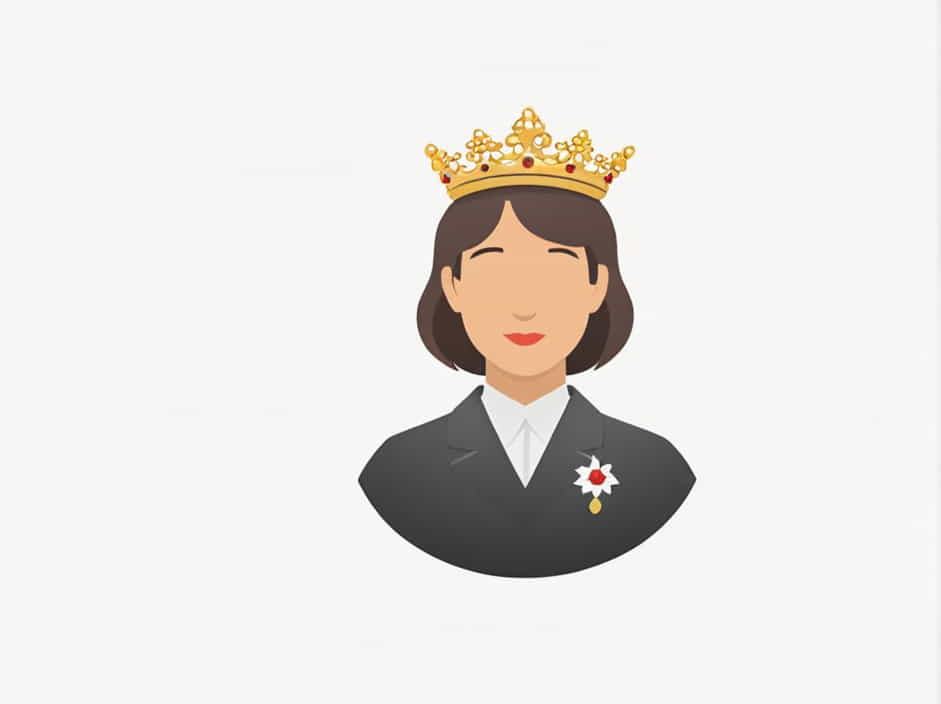In the British and European peerage system, noble titles are used to signify rank and status. One such title is “Marchioness,” which is a noble rank given to women. But what is the male equivalent of a Marchioness? The answer is “Marquess” (also spelled Marquis in some countries).
This topic explores the meaning, history, and significance of the Marquess title, its role in the aristocracy, and how it compares to other noble ranks.
What Is a Marchioness?
A Marchioness is a noblewoman who holds the rank of a Marquess’ wife or a woman who has inherited the title in her own right. The title Marchioness is used in the British peerage system and some European nobility structures.
The title sits above an Earl (Count in some countries) and below a Duke, making it one of the highest-ranking noble titles.
Key Points About the Marchioness Title
- The feminine form of the title Marquess.
- Used in the United Kingdom, Spain, France, and Italy with slight variations.
- Can be acquired by marriage or inheritance.
What Is the Male Equivalent of a Marchioness?
The male equivalent of a Marchioness is a Marquess. The title “Marquess” ranks below a Duke and above an Earl in the nobility hierarchy.
Alternative Spellings and Variations
- Marquess (used in Britain)
- Marquis (used in France and some other European countries)
- Marchese (used in Italy)
- Marqués (used in Spain)
How to Address a Marquess
A Marquess is formally addressed as “The Most Honourable [Name], Marquess of [Territory]” in British nobility. For example:
âï¸ The Most Honourable John Smith, Marquess of Winchester
The Origin and History of the Marquess Title
The title Marquess comes from the Old French word marquis, which originally meant “lord of a border territory” (from the Latin marca meaning “frontier”).
In medieval Europe, Marquesses were powerful military leaders who protected borderlands from invasions. Their land was often on the edge of the kingdom, requiring strong defenses. Because of this responsibility, they ranked higher than an Earl but lower than a Duke.
Key Historical Facts
- First introduced in England in 1385 by King Richard II.
- More common in France, Italy, and Spain before spreading to Britain.
- Often associated with landowners and military commanders.
Ranks in the Nobility: Where Does a Marquess Stand?
The noble ranking system varies between countries, but in British peerage, the hierarchy is:
- Duke/Duchess (Highest rank)
- Marquess/Marchioness
- Earl/Countess
- Viscount/Viscountess
- Baron/Baroness
A Marquess ranks just below a Duke, making it one of the most prestigious titles in the aristocracy.
Notable Marquesses in History
Many historical figures have held the title of Marquess, playing important roles in politics, military, and society.
1. The Marquess of Winchester (England)
- One of the oldest Marquess titles in the UK.
- Created in 1551 during the reign of Edward VI.
2. The Marquess of Queensberry (Scotland)
- Known for the Queensberry Rules, which shaped modern boxing.
3. The Marquess of Salisbury (UK Prime Minister)
- Robert Gascoyne-Cecil, 3rd Marquess of Salisbury, served three terms as British Prime Minister.
The Difference Between a Marquess and a Marquis
While Marquess and Marquis are often used interchangeably, there is a slight difference in their usage.
| Term | Region | Notes |
|---|---|---|
| Marquess | British nobility | More common in the UK |
| Marquis | French nobility | Used in France and some European countries |
In British peerage, “Marquess” is preferred, whereas “Marquis” is used in France, Spain, and Italy.
How Does One Become a Marquess?
There are two main ways to obtain the title of Marquess:
1. Inheritance
Most Marquess titles are passed down through generations. If a Marquess has a son, the title is inherited upon the father’s death.
2. Appointment by the Monarch
Historically, some people have been granted the title of Marquess by a king or queen as a reward for military or political service.
What Happens If a Marquess Has No Male Heir?
In many cases, if a Marquess does not have a male heir:
âï¸ The title may pass to another male relative.
âï¸ The title could become extinct if no eligible heir exists.
âï¸ In rare cases, the title might be given to a female heir (though this is uncommon).
Modern-Day Use of the Title Marquess
Although the nobility system is not as powerful today, many Marquess titles still exist. In the UK, for example, the title is mostly ceremonial, with Marquesses often engaging in charitable work, business, or politics.
Famous Living Marquesses
- Charles Gordon-Lennox, 11th Duke of Richmond (also holds the title of Marquess).
- Alexander Montagu, 13th Duke of Manchester (holds multiple noble titles, including Marquess).
The male equivalent of a Marchioness is a Marquess (or Marquis in some countries). This noble title ranks just below a Duke and above an Earl in the aristocratic hierarchy.
Originally given to borderland rulers in medieval times, the title Marquess remains an important part of the British and European nobility system. Though its political power has diminished, it continues to hold historical and cultural significance.
